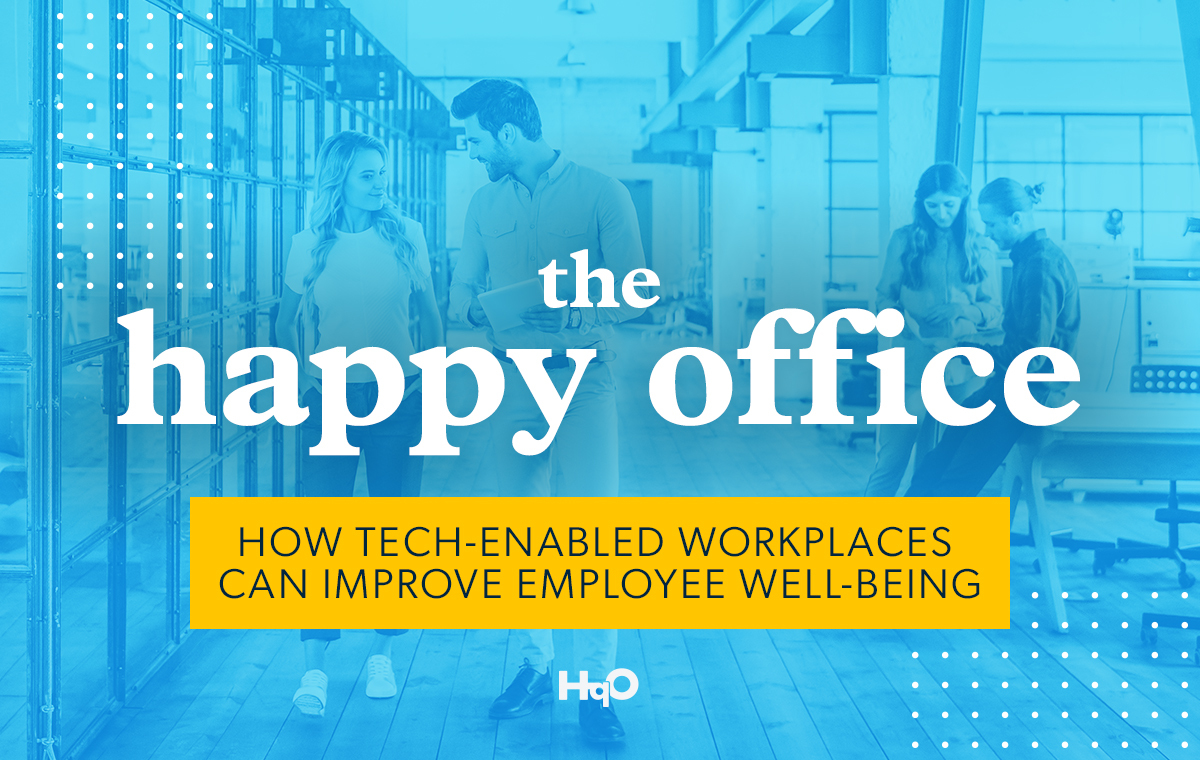According to The Starr Conspiracy’s recent report, Workplace Well-being: The New Reality, the estimated 2021 market for workplace well-being technology was worth $16.3 billion. This estimate came hot on the heels of a more-than-500% – in total, a staggering $1.8 billion – increase in investment in employee well-being in 2019-2020.
Initially, these numbers might seem surprising. But, given the pandemic-led shift to hybrid and remote work — with side effects of a negative impact on employee mental health and an increase in their senses of loneliness and worry — it has become more important than ever for employers to focus on employee well-being. Not only do employees demand it, but doing so is profitable in terms of cost, productivity, and engagement.
When we talk about well-being in terms of the office, we first need to ask ourselves a few things: what is well-being, and how can we ensure that we are doing everything we can to build workplaces that cater to it?
What is Workplace Well-being?
“Well-being […] is expansive and inclusive of a wide range of needs, including physical, mental, emotional, and financial,” The Starr Conspiracy’s report states. “Employers play a central role in [employee well-being]. The response to this reality will have the most significant impact on employer brand — both positively and negatively — in the next few years.”
According to a recent Deloitte report, meanwhile, well-being is defined as “the condition of an individual or group characterized by health, happiness, and prosperity.”
The report also goes further, categorizing well-being into six dimensions:
- Spiritual
- Social
- Physical
- Financial
- Occupational
- Emotional or mental
The “Occupational” category, which concerns job satisfaction and productivity, is of course the stand-out, as it directly relates to the workplace or other professional environment. Responsibility for the other categories, however – some more obvious than others – also falls on the employer. Addressing this, according to Deloitte, brings a multitude of benefits such as increased productivity. It also has somewhat of a reverse effect; employees who notice their employers acting toward improving workplace well-being are more likely to feel positively impacted as an individual.
“Well-being is at the heart of an organization’s responsibility towards its employees,” Deloitte’s report continues. “Healthy employees positively impact their organizations and societies as they indulge in meaningful activities for the greater good. This also works the other way around, as societies and organizations could very well influence individual well-being positively through policies and initiatives that bring awareness and support, and inspire individual commitment.”
When exploring the other categories listed by Deloitte, it becomes apparent that employers can — directly or indirectly — address them through modern tools like a workplace experience platform.
A Tech-Enabled Approach to Well-being
Social well-being, for instance, can be technologically approached through in-platform community features that keep employees connected with one another. This means that whether they’re working remotely or in the office, they enable people to schedule meetings, chat, or plan external events that cover the physical well-being category. Meanwhile, health and safety checks — or integrations with mental health services — can tend to the emotional and mental well-being of employees, ensuring that they remain happy, safe, and productive.
Spiritual well-being concerns purpose — which, according to PwC , “employees see as a way to bring meaning to their work and understand the contributions they are making to the company, as well as society. And employees need to find this meaning in their daily work in order to be fully engaged.”
The right workplace experience app puts well-being front and center — and by proxy productivity, engagement, and efficiency. After all, a healthy office is a happy office. And when a workforce comprises happy employees, the possibilities are limitless.
Want to learn more about how HqO can cater to employee wants, needs, and well-being? Download our guide, “What the Employee Wants” – or schedule a demo today.



